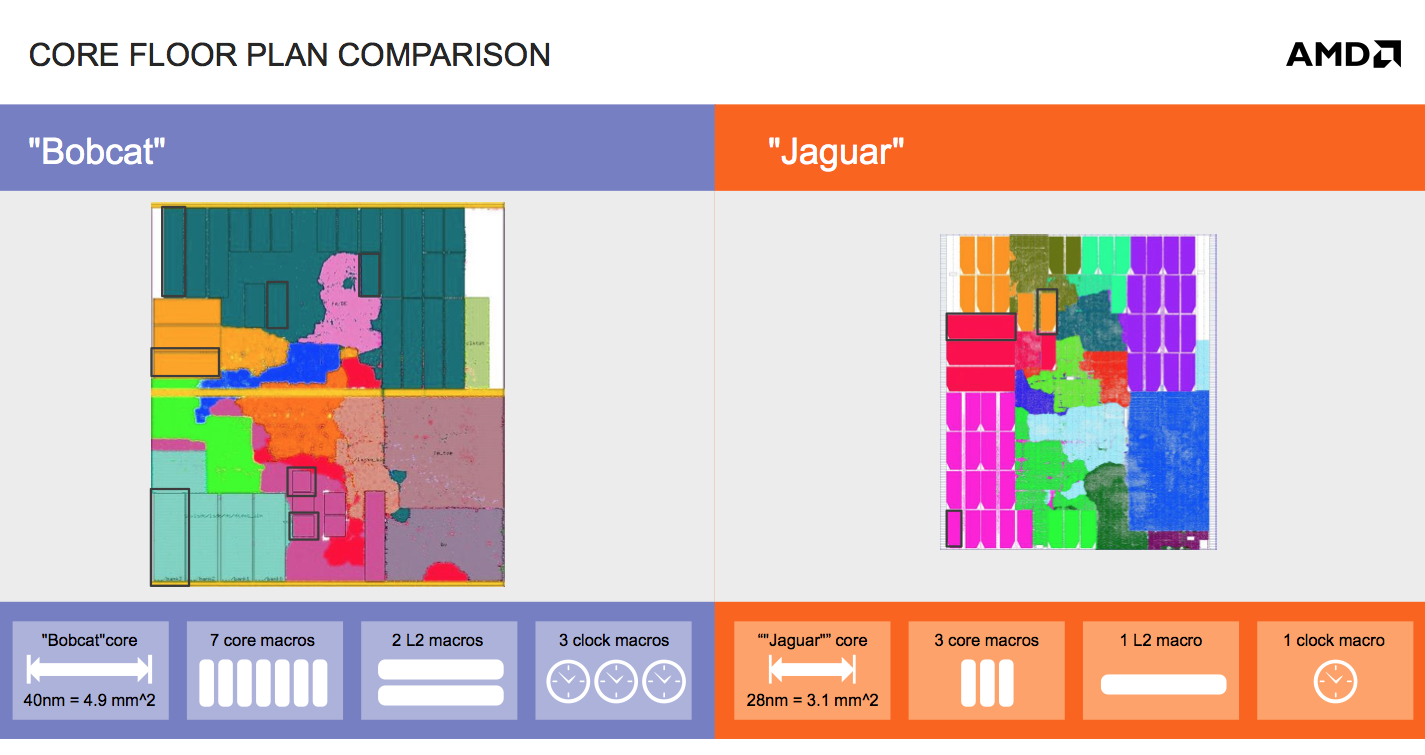2023 will definitely bring 3nm Nanosheet/MBCFET device if not earlier, to at least one fab (Samsung that is - TSMC seem to be cagey about MBCFET timeline and specs so far).Yes.
I would expect big +40% IPC change for Zen3 as being brand new architecture.
And smaller +10-20% IPC steps steps for Zen4 and Zen5 as being 19h Family improvements (cache latency, front-end optimizations etc.).
Zen5 might bring something new from next 20h Family... same way Zen2 brought Zen3 FPUs.
Timing is:
So the real question is what is Zen6 because AMD engineers already know the main uarch parameters.
- Zen3 2020 (19h Family) ... development started 2013/2014 ... now producing engineering samples..... new 6ALU core + SMT4 + doubling ZEN2 FPU (4x 256-bit FPU is ideal for SMT4)
- Zen4 2021 (19h Family) ... development started 2018............. now under development .... brings 6nm and some optimalizations as Zen1+
- Zen5 2022 (19h Family) ....development started 2019............. now started development and implementing Zen6 blocks.... brings 5nm + Zen6 FPU
- Zen6 2023 (new 20h Family) ... development started 2016/2017 ... uarch concept is freezed, FPU blocks might be almost finished and ready for Zen5 adoption..... will bring 5nm new core 8xALU + SMT8 + doubling FPU units to support SMT8 performance.
Who cares about Zen3?
I would be surprised if AMD did not make this jump ASAP to retain competitive edge.



